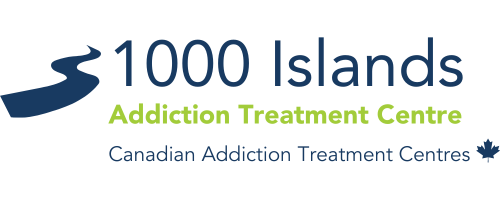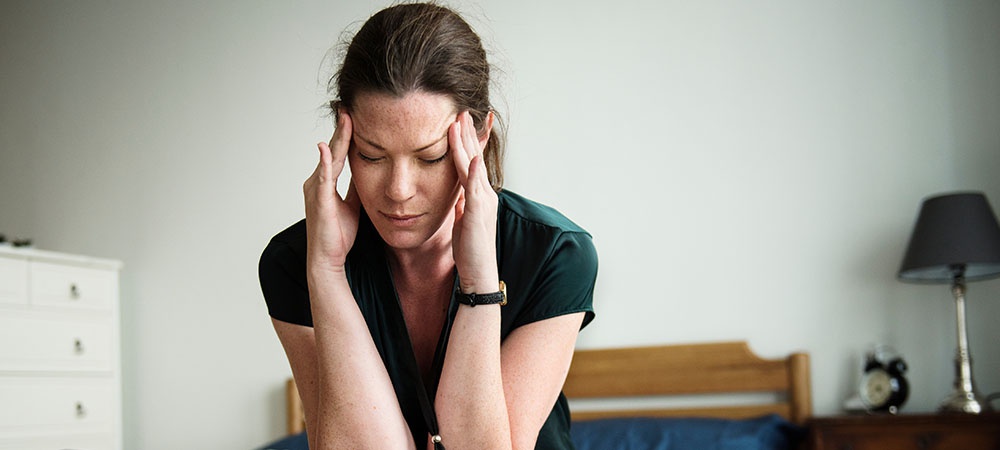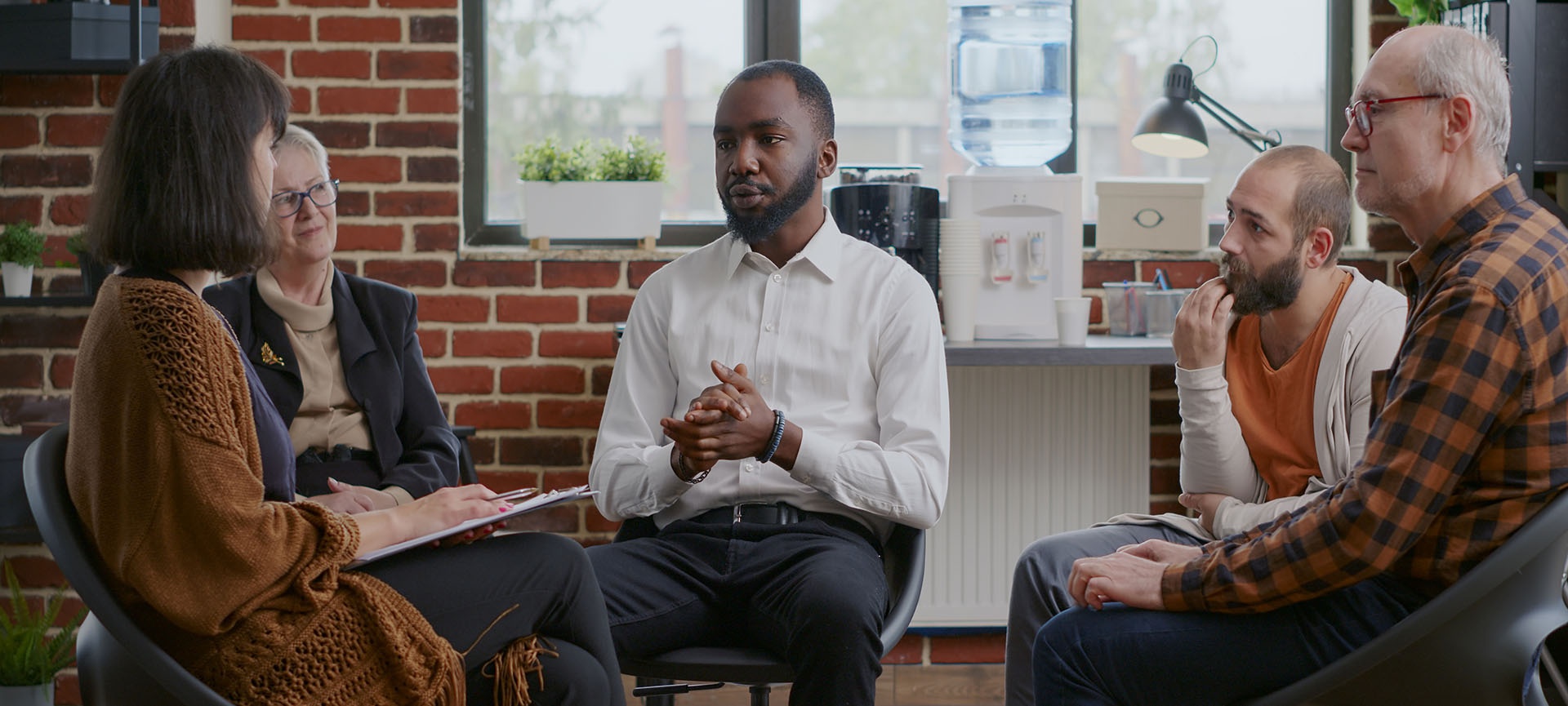
How Addictive is Marijuana?
Marijuana is a drug derived from the cannabis plant. The plant is typically dried out, ground up, and smoked (in paper, like a cigarette, or in a pipe, like tobacco). Marijuana also comes in the form of “edibles”. Edibles are foods such as baked goods and candies, that contain one or both of marijuana’s active ingredients: tetrahydrocannabinol (THC) or cannabidiol (CBD). Edibles produce the same effects as smoking marijuana, with a differing amount of time between intake and feeling the effects.
There are multiple ways to use marijuana: some people consume a resin-like substance (a by-product of crystal-like structures that come from harvesting or smoking the ground-up cannabis flower) that produces a far more intense high. This substance, often referred to as “wax” or “shatter”, may be a viscous liquid, a wax-like substance (thus the name), or a hard and crystallised material similar to hard candy that is typically vaporised and inhaled. Butane or isopropyl alcohol are commonly involved in the production of this substance, which can pose an incredible danger to the user. It can also lead to addiction.
Marijuana is legal in some countries – like Canada – and illegal in others. In some parts of the world, only medical use is legal; some others have also legalised recreational marijuana. Medically, marijuana is used for stress and pain relief and to increase appetite. Recreationally, marijuana is used for its calming effects. Street names for marijuana include pot, dope, ganja, grass, Mary Jane, reefer, and weed.
Marijuana Effects and Addiction
Marijuana is a psychoactive drug that alters perception. It contains THC, the chemical compound that causes the drug’s psychedelic “high”. The concentration of THC determines the potency and strength of the substance. The effects of marijuana may be different for everyone and depend on how it is consumed: smoking marijuana produces a faster, shorter-lived high than taking it orally. Wax or shatter affects the user immediately and may last for hours depending on the concentration of THC. This has the potential to lead to addiction after just one use.
The effects of marijuana include:
- Feelings of happiness
- Hallucinations
- Increased appetite
- Reduced anxiety
Due to the ever-evolving regulations on marijuana’s legality, the substance remains suspended somewhere between “potentially beneficial” and the level one substance it has historically been classified as. In 2020, 34.5% of young adults aged 18-25 reported having used marijuana during the prior year, representing the highest percentage of the population. Adults older than 26 and adolescents between 10 and 17 represented 16.3% and 20.1% respectively.
Marijuana – Active Ingredients for Addiction
Though the most well-known active ingredient—and the cause of most concern—is THC, marijuana also contains the compound cannabidiol or CBD. Unlike THC which binds to receptors in the brain that control and regulate mood, appetite, and pain, CBD is linked with other elements in the body more in line with overall wellness. Both ingredients can be addictive.
More CBD research is needed to determine the relationship between CBD and decreased anxiety, insomnia, or chronic pain, but the government has approved the use of CBD for epilepsy. People have also found it useful in treating chronic, ongoing conditions like arthritis, Crohn’s disease, diabetes, and multiple sclerosis, but only with consultation and direction from a medical professional.
Studies from across the world illustrate that the THC content in cannabis resin and herbal cannabis has increased by .57% and .29% respectively each year since 1975. Thus, between 1970 and 2020 the potency of THC increased by 28.5%. Since THC is associated with the mind-altering “high” symptoms, some researchers are finding that with a higher concentration comes an increased risk of psychosis and potential dependence or addiction.
There is also research that shows that though higher THC levels increase the amount of the compound found in the user’s blood, it does not necessarily affect the intensity of intoxication. This discrepancy highlights the fact that there is still much to learn about marijuana, its consequences, and its impact on overall health and wellbeing.
Is Marijuana Addictive?
Marijuana addiction can be clinically diagnosed and have a negative impact on the person’s life. People can develop a psychological dependence on marijuana in the same way they can become addicted to anything else. And similarly to other addictions, the plan for recovery should be created by a healthcare team.
The THC in marijuana mimics and blocks the actions of natural neurotransmitters like anandamide, to the point where, eventually, after prolonged use, the body no longer produces sufficient anandamide on its own. This leads to the user relying on THC for the production of these neurotransmitters.
In general, an addiction to marijuana (also known as cannabis/marijuana use disorder) is only diagnosed in severe cases. According to research, of those who use marijuana, roughly 3 in 10 people meet the qualifications for a use disorder.
However, the risks are increased in those who begin using the drug in their teens and in those who use more frequently; recent research shows that individuals who begin using marijuana before the age of 18 are 4-7 times more likely to develop a marijuana addiction than their older counterparts. Dependence on the substance happens when the brain adapts to the drug and the externally produced endocannabinoid neurotransmitters, resulting in a reduced sensitivity to and production of that which should be created naturally.
Common signs of problematic marijuana use include the following:
- Using more of the substance than intended or requiring more to achieve the same high.
- Continuing to use marijuana despite negative consequences like physical or psychological concerns.
- Neglecting or falling behind on responsibilities due to excessive marijuana use.
- Prioritising marijuana over previously enjoyable activities or time spent with friends or family.
- Experiencing uncomfortable withdrawal symptoms when stopping or cutting back on marijuana consumption.
Marijuana Addiction Treatment
Once you’ve committed to recovery, it’s time to explore your treatment choices. While addiction treatment can vary according to the specific drug, a successful program often includes different elements, such as:
Detoxification. Usually, the first step is to purge your body of marijuana and manage withdrawal symptoms. Most people can go through marijuana detox without medical assistance, unless other substances are also involved.
Behavioural counselling. Individual, group, and/or family therapy can help you identify the root causes of your marijuana use, repair your relationships, and learn healthier coping skills.
Medication may be used to manage withdrawal symptoms, prevent relapse, or treat any co-occurring mental health conditions such as depression or anxiety.
Long-term follow-up can help to prevent relapse and maintain sobriety. This may include attending regular in-person support groups or online meetings to help keep your recovery on track.
Types of Marijuana Addiction Treatment
Residential treatment or inpatient program – Inpatient treatment involves living at a facility and getting away from work, school, family, friends, and marijuana addiction triggers while undergoing intensive treatment. Inpatient treatment can last from a few days to several months.
Day treatment/partial hospitalisation – Partial hospitalisation is for people who require ongoing medical monitoring but wish to still live at home and have a stable living environment. These addiction treatment programs usually meet at a treatment centre for seven or eight hours during the day, then you return home at night.
Outpatient treatment – Not a live-in treatment, these outpatient programs that offer similar programming as inpatient can be scheduled around work or school. You’re treated during the day or evening but don’t stay overnight. One of the goals is relapse prevention.
Sober living communities – Living in a sober house normally follows an intensive treatment program such as residential treatment. You live with other recovering individuals in a safe, supportive, and drug-free environment. Sober living facilities are useful if you have nowhere to go or you’re worried that returning home too soon will lead to relapse.
Marijuana addiction treatment involves group counselling and individual therapy that addresses unhealthy choices and destructive coping mechanisms. Participants learn strategies to use instead of abusing drugs and alcohol. One very effective treatment for marijuana addiction is Cognitive Behaviour Therapy (CBT).
Getting Help
Marijuana addiction can be challenging both for the person experiencing the addiction and for those around them. Marijuana use disorder, addiction, and dependence are treatable.
If you suspect marijuana use disorder, dependence, or addiction in yourself or someone else, help is available. Reach out to Thousand Islands Rehab Centre: we offer customised addiction treatment programs that address the root causes of the addiction and help people learn the skills and tools to cope with the stresses of life without needing marijuana.





